Demystifying Russian Black Bread Fermentation Methods
11 min read Explore the fermentation methods behind authentic Russian black bread, uncovering traditional techniques and cultural significance in baking excellence. July 26, 2025 03:05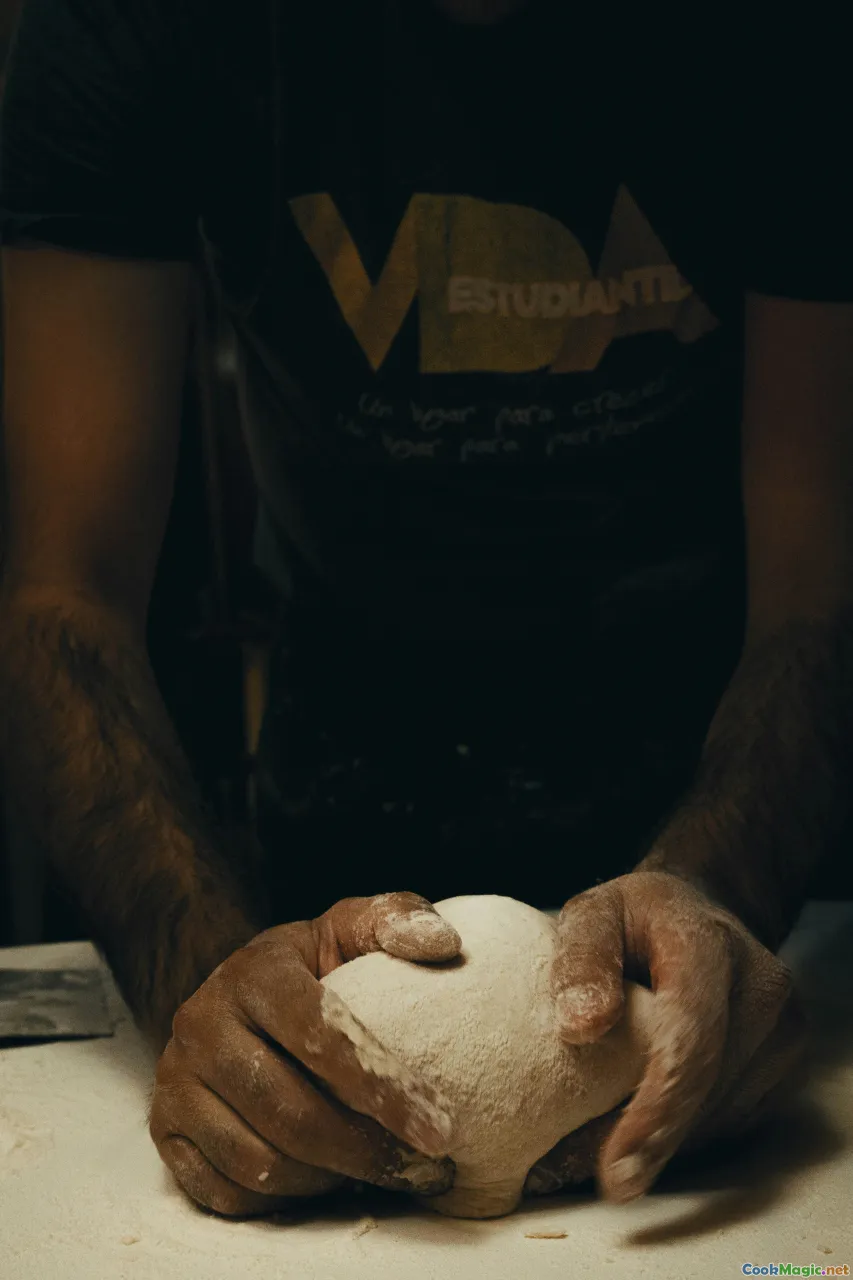
The Rich Heritage of Russian Black Bread
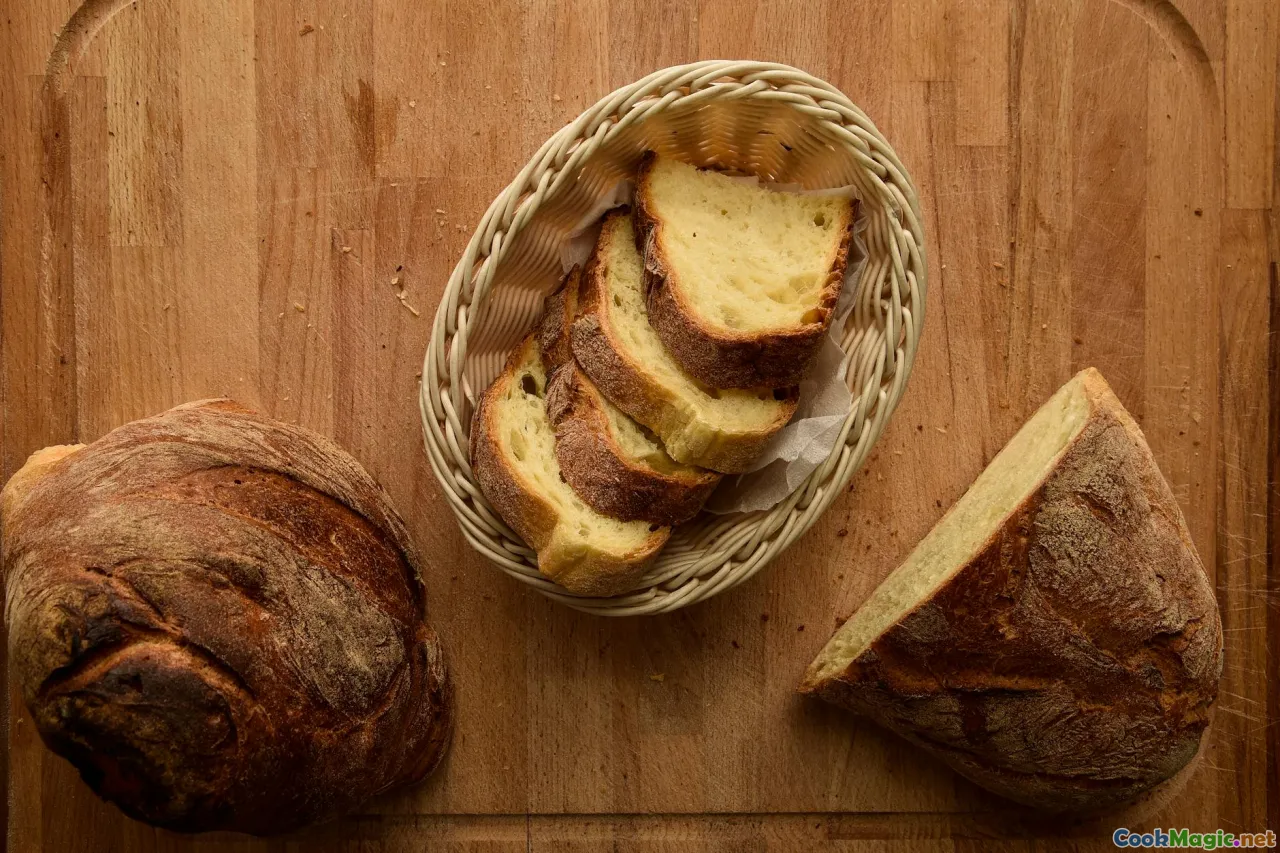
In the heart of Russian culinary tradition lies a humble, yet profoundly cherished staple: black bread, or "шоколадный хлеб" as locals often fondly call it. Crafted from sourdough and robust rye flour, this bread embodies centuries of history, resilience, and cultural identity. Its dark, dense crumb, with a whisper of tangy, smoky flavor, effortlessly evokes scenes of wintry Russian villages, steaming cup of tea, and warm conversations around the stove. Behind its unassuming crust, a complex fermentation process unfolds—an alchemy that transforms simple ingredients into a bread rich with depth, aroma, and emotion.
Russian black bread is more than just nourishment; it’s a symbol of perseverance and authenticity. To truly appreciate its essence, one must understand the fermentation methods—an intricate dance of tradition, environment, and craft that varies from region to region.
Historical Roots and Cultural Significance
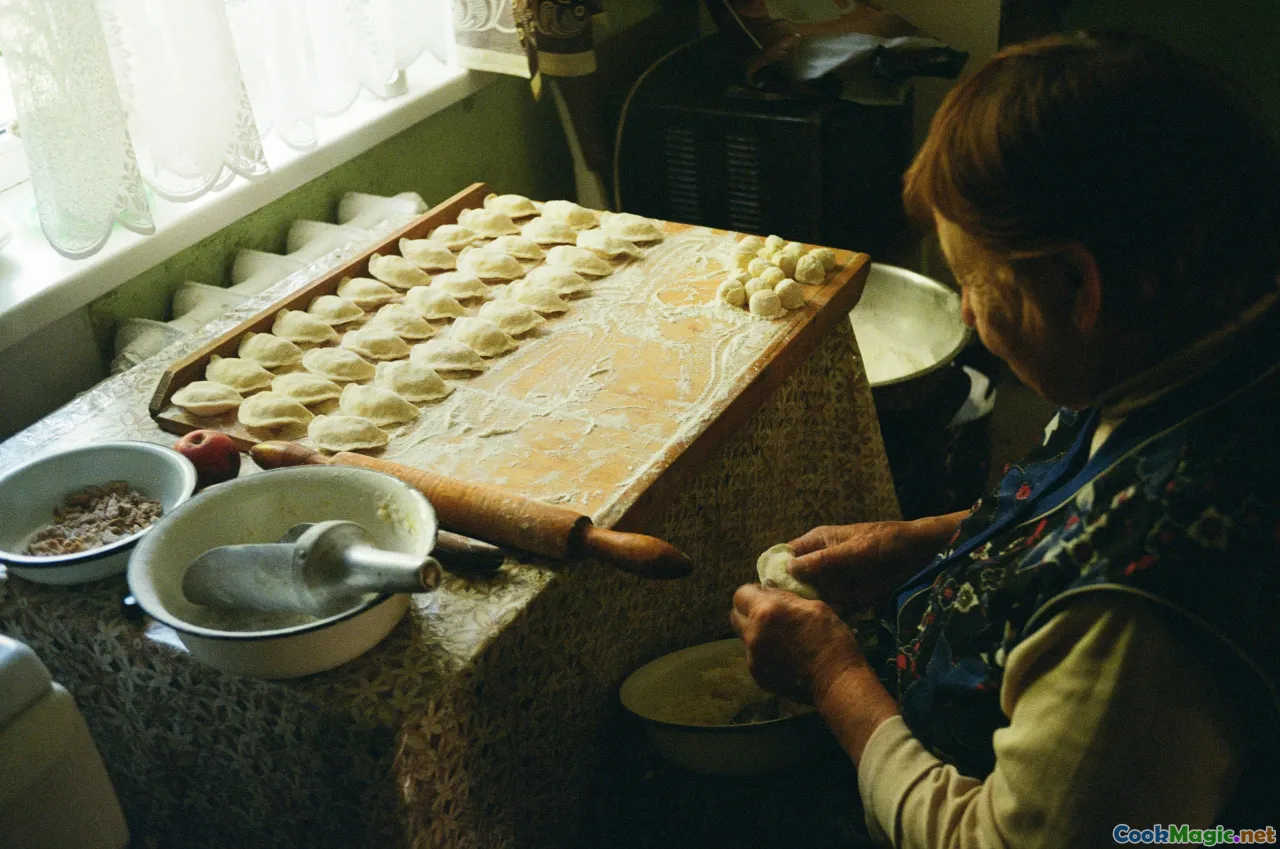
The origins of Russian black bread are deeply intertwined with the country's history, geography, and agrarian life. Rye, hardy and resilient, thrived in Russia’s cold climate and poor, sandy soils. Early Slavic peoples, in their weather-beaten villages, discovered that fermented rye dough could sustain them through harsh winters, providing energy and comfort.
Throughout centuries, this bread became a cultural pillar—witness to rites, holidays, and everyday life. Grandmothers carefully preserved sourdough starters as family heirlooms. Traditional baking methods were passed orally, with each region developing its subtle variations—some with added rye bran, others with a touch of honey or caraway seeds.
Understanding these roots helps us appreciate the fermentation methods as a living link between past and present. It’s a shared cultural practice that turned into a mark of authenticity and pride.
Decoding Traditional Fermentation Techniques
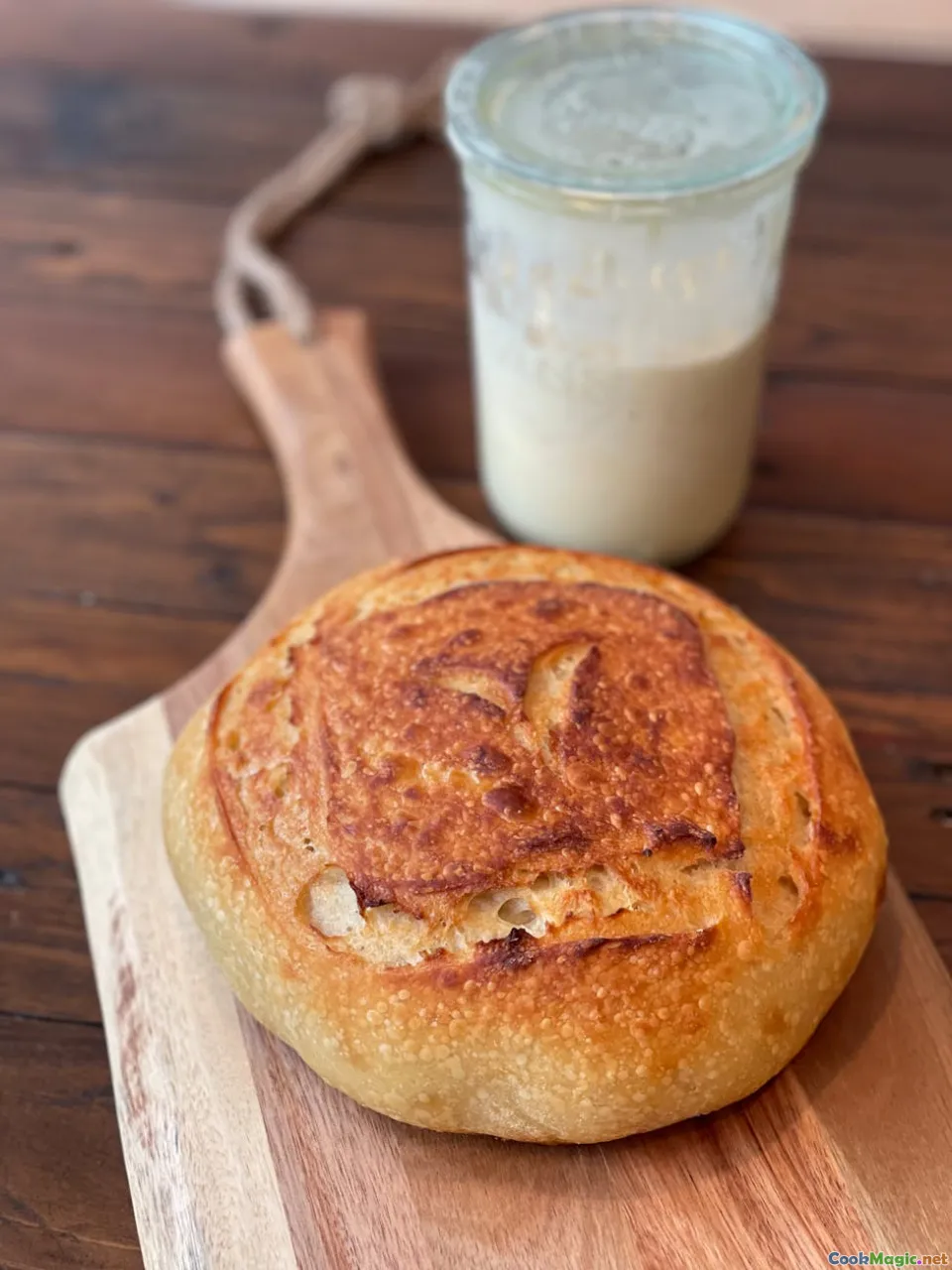
When it comes to fermenting Russian black bread, traditional methods emphasize simplicity, patience, and the local environment’s influence. Here, we delve into the core techniques that define this noble bread.
The Sourdough Culture: The Heart of Fermentation
At the crux of Russian black bread is the sourdough starter—a symbiotic culture of wild yeasts and lactic acid bacteria. Unlike commercial yeasts, this wild culture imbues the bread with characteristic sourness, a complex flavor profile, and superior digestibility.
How is it developed? Traditionally, a mixture of ground rye flour and water is left to ferment in a warm, dark place for several days. During this period, natural yeasts from the air and microbes from the environment colonize the mixture.
A lengthy fermentation—often upwards of 7-14 days—develops deep, layered flavors. The starter is refreshed periodically using a portion of the previous batch, cultivating a living, evolving organism that can be passed down through generations.
Regional Variations and Techniques
Across Russia, fermentation techniques vary influenced by climate, local traditions, and available ingredients.
- Siberian Tradition: Known for their cold climate, Siberian bakers often use a two-stage fermentation. First, they prepare a “zakvaska”—a leavening mixture where cold-adapted wild yeasts flourish slowly at lower temperatures. This method results in a more nuanced sourness.
- Central Russia: Here, bakers often rely on a ‘liquid starter’ kept warm for rapid fermentation, yielding a tangy, flavorful loaf in shorter time frames.
- Ural and Northern Regions: Sometimes, bakers add aromatic herbs, like dill or juniper berries, to the starter, infusing the bread with regional odors and flavors.
The Role of Inoculation and Environment
Environment plays a critical role—an aspect that makes each loaf subtly unique. The microbes present in the air, the quality of water and flour, and even storage conditions impact fermentation.
For example, urban bakers might experience different microbial populations compared to rural artisans, leading to varied sourness and aroma profiles.
Modern Innovations and Resilient Traditions
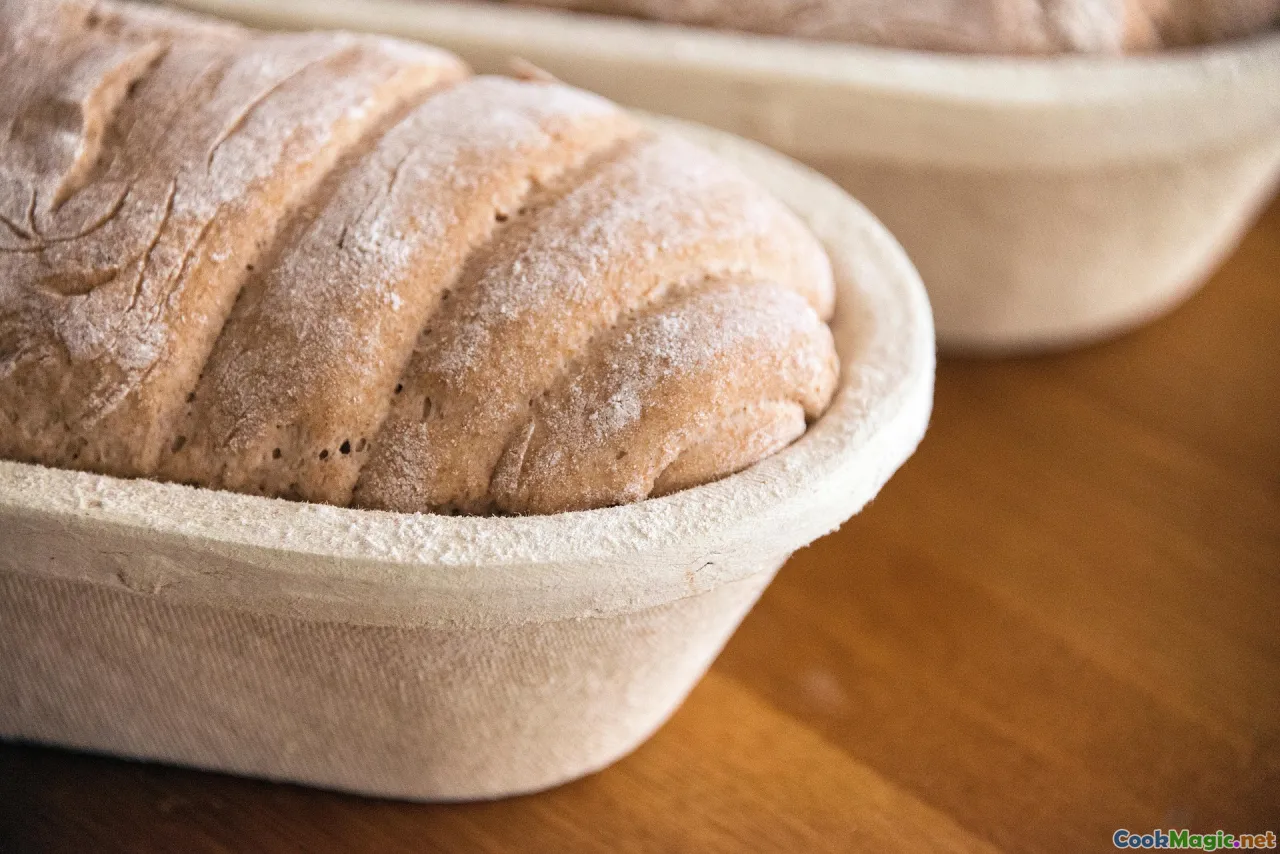
In recent decades, renaissance in artisan baking has sparked a revival of traditional Russian black bread techniques. Many contemporary bakers honor old methods while integrating scientific insights for consistency.
The Microbial Perspective
Researchers focus on isolating and understanding the specific strains of wild yeasts and bacteria present in authentic Russian starters. They find that Lactobacillus species contribute not only to sourness but also to improved shelf life and texture.
The Fermentation Environment
Bakers now experiment with temperature-controlled fermentation chambers, mimicking regional climates while maintaining hygienic standards. Still, many prefer the ‘place-specific’ fermentation—allowing microbial diversity to flourish naturally.
Incorporating Sourdough Culture to Modern Recipes
From the classic Borodino-style bread to contemporary rye loaves, fermentation methods adapt seamlessly, showcasing flexibility—yet always respecting the core principles of slow, natural fermentation.
Practical Tips for Crafting Authentic Russian Black Bread
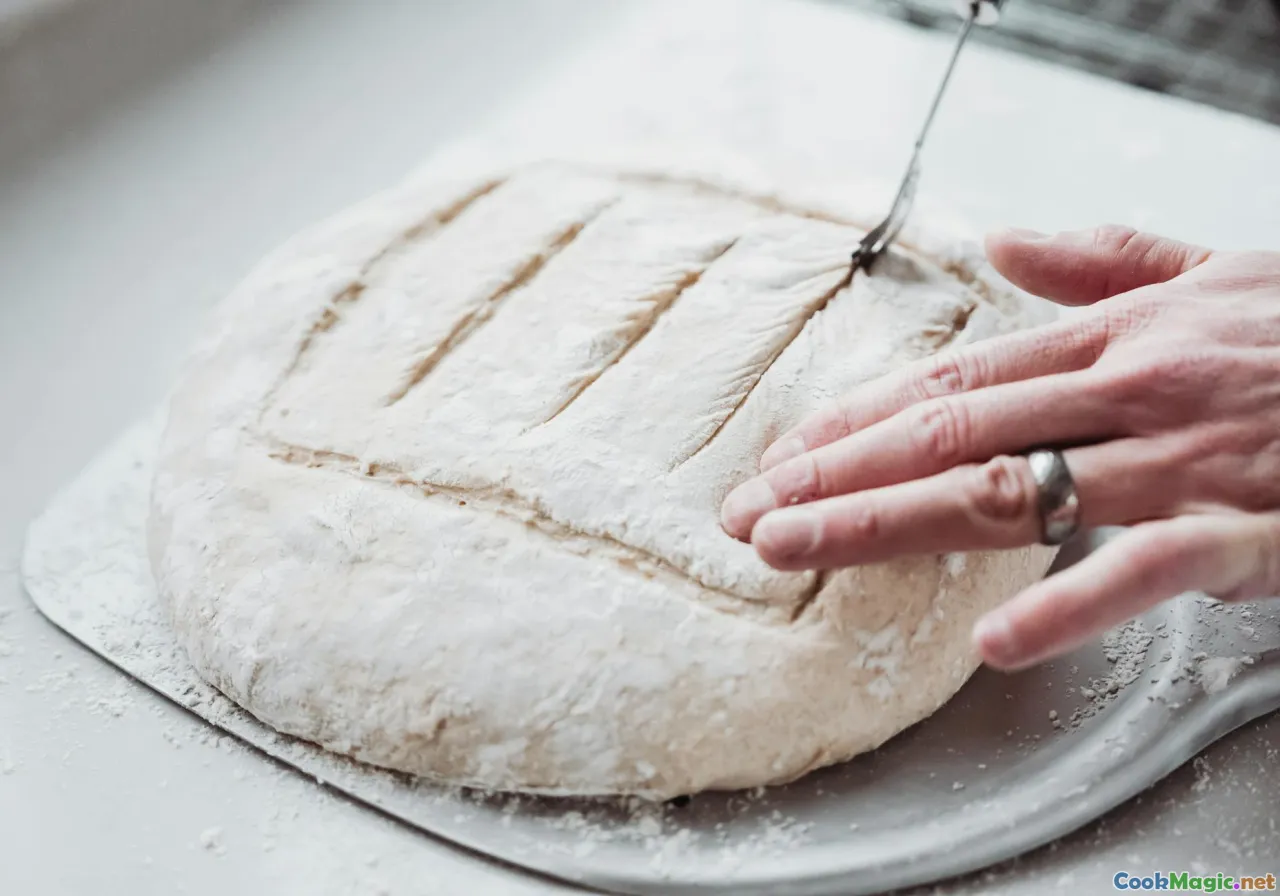
If you’re inspired to craft your own Russian black bread, here are some tips grounded in tradition and science:
- Start a robust sourdough starter: Use whole-grain rye flour and water; feed regularly. Patience is key—allow at least a week before baking.
- Prioritize environment: Ferment in a cool, dark place, mimicking traditional cellars or pantry conditions.
- Long fermentation yields complex flavor: Resist the urge to rush. Extended fermentation enhances sourness and depth.
- Use quality ingredients: Fresh rye flour, natural water—preferably filtered—and minimal additives preserve microbial health.
- Respect regional variations: Experiment with different fermentation times, water temperatures, and ingredients like caraway seeds or honey.
Common Challenges and Remedies
- Dough too sour: Use a slightly warmer environment to accelerate fermentation or reduce fermentation time.
- Poor rise: Ensure wild yeasts are active; warmer, humid conditions might help.
- Dense crumb: Check hydration levels; a slightly wetter dough often produces lighter texture.
Celebrating the Bread: Traditional Bakes and Modern Celebrations
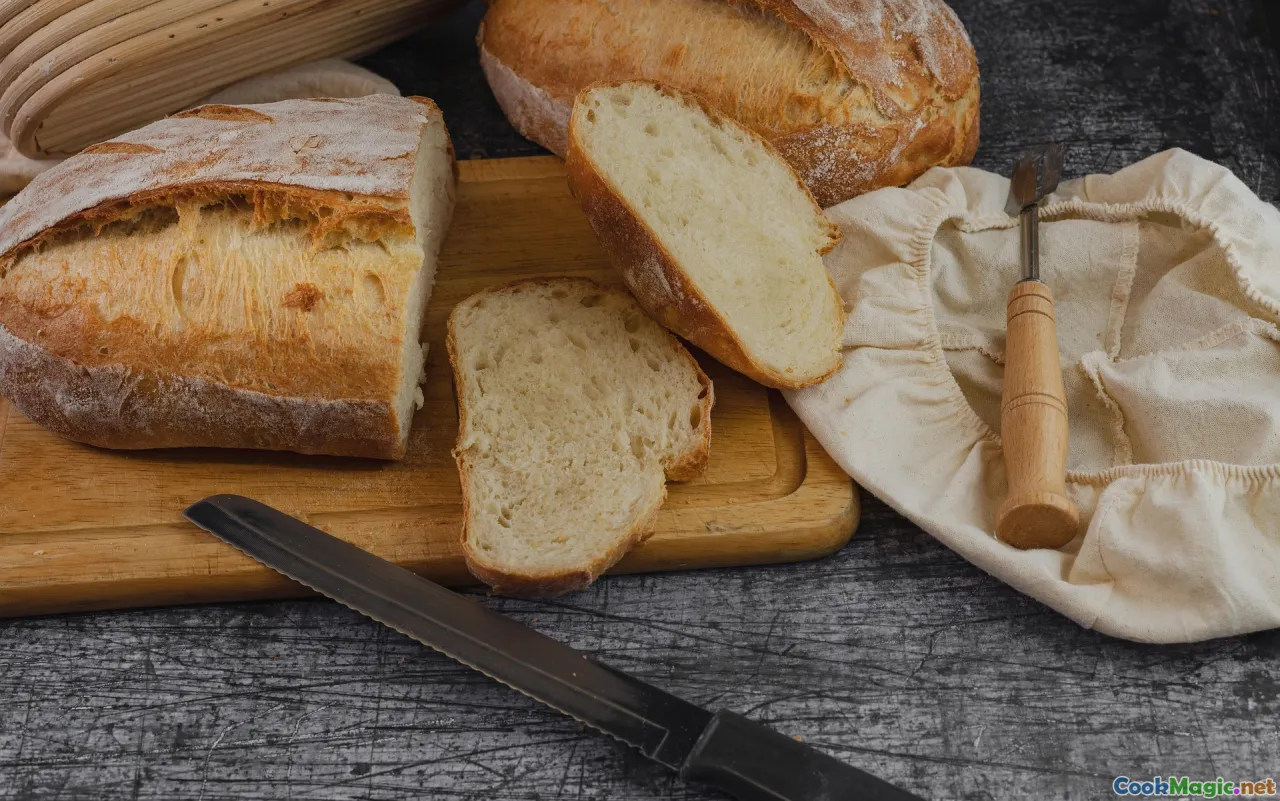
Russian black bread figures prominently in cultural festivities, symbolizing enduring spirit and hospitality. During holidays like Maslenitsa or Rosh Hashanah, home bakers and artisans display loaves with intricate patterns—like honeycomb or floral motifs—each pattern carrying symbolic messages.
Communal bread baking remains a cherished activity, strengthening family bonds and cultural heritage. Modern bakeries sometimes host workshops focused on authentic fermentation crafts, blending old-world charm with contemporary artisan pride.
A Personal Reflection: Savoring the Depths of Russian Sourdough

Every slice of Russian black bread narrates a story—layers of history, tradition, and the gentle patience of fermentation. Its aroma—earthy, slightly sour with smoky undertones—pulls me back to collective memories of Russian winters, grandmother’s embrace, and soulful meals.
The journey to mastering Russian fermentation methods is a labor of love, patience, and cultural reverence. As modern artisans continue to explore and respect these age-old techniques, each loaf becomes an edible testament to resilience and tradition.
Whether enjoyed simply with butter and hearty soup or used as a vessel for cherished classic dishes like "Щи" (cabbage soup) or "Хлеб с маслом" (bread with butter), Russian black bread’s magic lies in its roots—its slow, natural fermentation revealing an enduring legacy encased in every crust and crumb.
Let this exploration inspire you to delve into the art of fermentation—preserving the soul of Russian cuisine in your own home, one loaf at a time.









